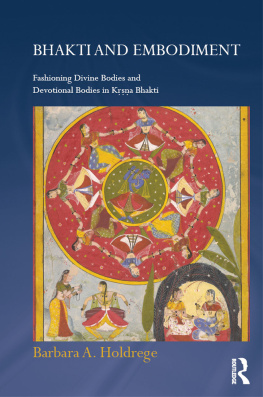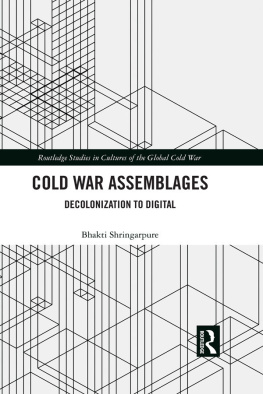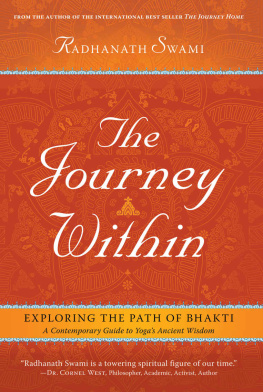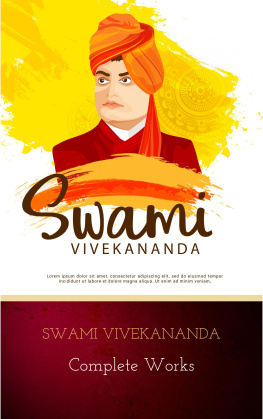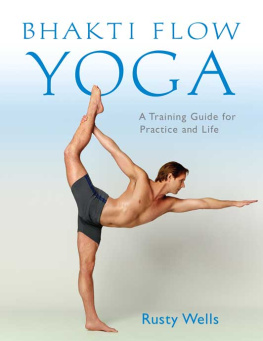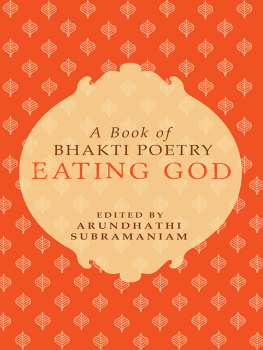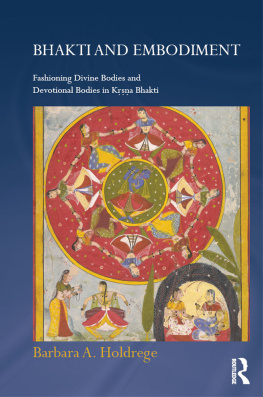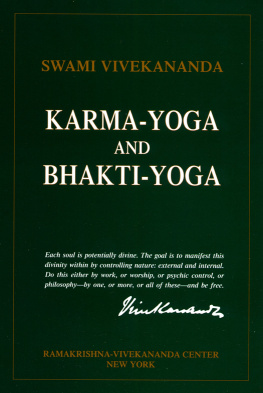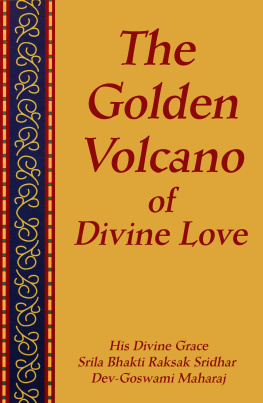
Bhakti and Embodiment
The historical shift from Vedic traditions to post-Vedic bhakti (devotional) traditions is accompanied by a shift from abstract, translocal notions of divinity to particularized, localized notions of divinity and a corresponding shift from aniconic to iconic traditions and from temporary sacrificial arenas to established temple sites. In Bhakti and Embodiment Barbara Holdrege argues that the various transformations that characterize this historical shift are a direct consequence of newly emerging discourses of the body in bhakti traditions in which constructions of divine embodiment proliferate, celebrating the notion that a deity, while remaining translocal, can appear in manifold corporeal forms in different times and different localities on different planes of existence. Holdrege suggests that an exploration of the connections between bhakti and embodiment is critical not only to illuminating the distinctive transformations that characterize the emergence of bhakti traditions but also to understanding the myriad forms that bhakti has historically assumed up to the present time.
This study is concerned more specifically with the multileveled models of embodiment and systems of bodily practices through which divine bodies and devotional bodies are fashioned in Ka bhakti traditions and focuses in particular on two case studies: the Bhgavata Pura, the consummate textual monument to Vaiava bhakti, which expresses a distinctive form of passionate and ecstatic bhakti that is distinguished by its embodied nature; and the Gauya Vaiava tradition, an important bhakti tradition inspired by the Bengali leader Caitanya in the sixteenth century, which articulates a robust discourse of embodiment pertaining to the divine bodies of Ka and the devotional bodies of Ka bhaktasthat is grounded in the canonical authority of the Bhgavata Pura.
Barbara A. Holdrege is Professor of Religious Studies and Chair of the South Asian Studies Committee at the University of California, Santa Barbara.
Bhakti and Embodiment
Fashioning Divine Bodies and Devotional Bodies in Ka Bhakti
Barbara A. Holdrege

First published 2015
by Routledge
2 Park Square, Milton Park, Abingdon, Oxon OX14 4RN
and by Routledge
711 Third Avenue, New York, NY 10017
Routledge is an imprint of the Taylor & Francis Group, an informa business
2015 Barbara A. Holdrege
The right of Barbara A. Holdrege to be identified as author of this work has been asserted by her in accordance with sections 77 and 78 of the Copyright, Designs and Patents Act 1988.
All rights reserved. No part of this book may be reprinted or reproduced or utilised in any form or by any electronic, mechanical, or other means, now known or hereafter invented, including photocopying and recording, or in any information storage or retrieval system, without permission in writing from the publishers.
Trademark notice: Product or corporate names may be trademarks or registered trademarks, and are used only for identification and explanation without intent to infringe.
British Library Cataloguing in Publication Data
A catalogue record for this book is available from the British Library
Library of Congress Cataloging-in-Publication Data
Holdrege, Barbara A., author.
Bhakti and embodiment: fashioning divine bodies and devotional bodies in Krsna bhakti/Barbara A. Holdrege.
pages cm. (Routledge Hindu studies series)
Includes bibliographical references and index.
1. Bhakti. 2. Krishna (Hindu deity).
3. Puranas. BhagavatapuranaCriticism, interpretation, etc.
4. Vaishnavism. 5. Chaitanya (Sect). 6. Human bodyReligious aspects.
I. Title.
BL1214.32.B53H65 2014
294.5512dc23
2013049400
ISBN: 978-0-415-67070-8 (hbk)
ISBN: 978-1-315-76932-5 (ebk)
Typeset in Times New Roman
by Sunrise Setting Ltd, Paignton, UK
For Eric
Contents
The Absolute Body and Its Endless Manifestations:
The Gauya Discourse of Divine Embodiment
Erotic-Ecstatic Devotion:
The Embodied Bhakti of the Bhgavata Pura
Bodies of Devotion, Bodies of Bliss:
The Embodied Aesthetics of Bhakti in the Gauya Tradition
ruti and Smti:
The Brahmanical Canon of stras
From Pura-Veda to Kra-Veda:
Puric Constructions of Canonical Authority
Sovereign of All stras and Embodiment of Bhagavn:
Gauya Perspectives on the Bhgavata Pura
4 Nman as Sound-Avatra:
From Transcendent Vibration to Reverberating Name
Embodying the Divine Presence in Sound:
Mantra and Nman in the Bhgavata Pura
From Nma-Avatra to Nma-Sakrtana:
Gauya Perspectives on the Name
5 Vraja-Dhman as Place-Avatra:
From Geographic Place to Transcendent Space
Mythic Space, Pilgrimage Place, and Meditation Maala:
Puric Constructions of Vraja
Geographic Place as Transcendent Space:
Vraja-Dhman in the Gauya Tradition
6 Meditation as Devotional Practice:
Experiencing Ka in His Transcendent Dhman
Mantra Meditation and Maala Visualization:
Puric Perspectives on Meditation
Beyond Yoga and Tantra:
The Gauya Approach to Meditation
Conclusion:
Bhakti and Embodiment
This study seeks to illuminate the logic of embodiment that is integral to many Hindu bhakti traditions and is concerned more specifically with the multileveled models of embodiment and systems of bodily practices through which divine bodies and devotional bodies are fashioned in bhakti traditions celebrating the deity Ka. My explorations of the connections between bhakti and embodiment are grounded in an analysis of two case studies: the Bhgavata Pura, the consummate textual monument to Vaiava bhakti, which expresses a distinctive form of passionate and ecstatic bhakti that is distinguished by its embodied nature; and the Gauya Vaiava tradition, an important bhakti tradition inspired by the Bengali leader Caitanya in the sixteenth century CE, which articulates a robust discourse of embodiment pertaining to the divine bodies of Ka and the devotional bodies of Ka bhaktas that is grounded in the canonical authority of the Bhgavata Pura.
This study stands at the intersection of three categories that have been the principal focus of my research in recent years: the body as an analytical category in the social sciences and humanities; sacred space as a category of perception and practice in South Asia; and bhakti as a canonical category in Hindu traditions.
My first research trajectory centering on the body developed out of my earlier comparative historical work on Hindu and Jewish traditions in which I emphasized the distinctive nature of the brahmanical and rabbinic traditions as embodied communities for whom the body constitutes a site of central significance. This inspired me to undertake a sustained interrogation of the analytical category of the body in two domains: first, an analysis of the contending categories of the body that have been theorized by scholars in philosophy, history, anthropology, sociology, and feminist and gender studies; and, second, a mapping of a broad terrain of Hindu discourses of the body across various registers, including different historical periods, geographic regions, and sociocultural locations. This in turn led to a series of studies, culminating in my forthcoming book
Next page
